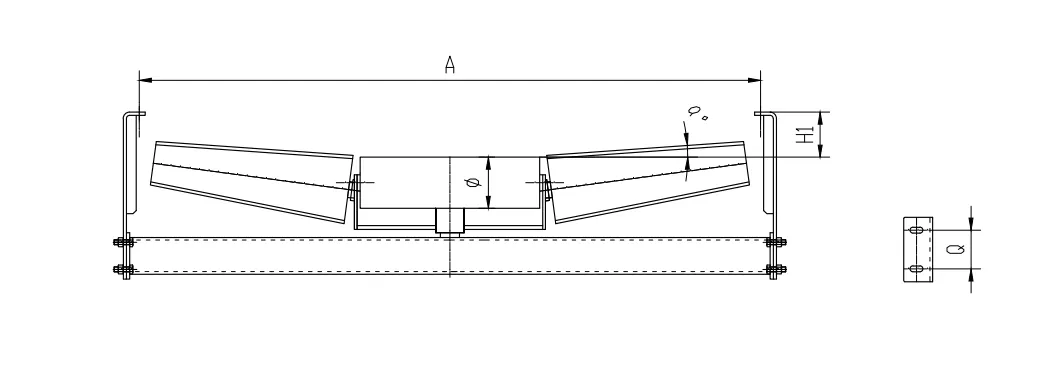 Afrikaans
Afrikaans  Albanian
Albanian  Amharic
Amharic  Arabic
Arabic  Armenian
Armenian  Azerbaijani
Azerbaijani  Basque
Basque  Belarusian
Belarusian  Bengali
Bengali  Bosnian
Bosnian  Bulgarian
Bulgarian  Catalan
Catalan  Cebuano
Cebuano  Corsican
Corsican  Croatian
Croatian  Czech
Czech  Danish
Danish  Dutch
Dutch  English
English  Esperanto
Esperanto  Estonian
Estonian  Finnish
Finnish  French
French  Frisian
Frisian  Galician
Galician  Georgian
Georgian  German
German  Greek
Greek  Gujarati
Gujarati  Haitian Creole
Haitian Creole  hausa
hausa  hawaiian
hawaiian  Hebrew
Hebrew  Hindi
Hindi  Miao
Miao  Hungarian
Hungarian  Icelandic
Icelandic  igbo
igbo  Indonesian
Indonesian  irish
irish  Italian
Italian  Japanese
Japanese  Javanese
Javanese  Kannada
Kannada  kazakh
kazakh  Khmer
Khmer  Rwandese
Rwandese  Korean
Korean  Kurdish
Kurdish  Kyrgyz
Kyrgyz  Lao
Lao  Latin
Latin  Latvian
Latvian  Lithuanian
Lithuanian  Luxembourgish
Luxembourgish  Macedonian
Macedonian  Malgashi
Malgashi  Malay
Malay  Malayalam
Malayalam  Maltese
Maltese  Maori
Maori  Marathi
Marathi  Mongolian
Mongolian  Myanmar
Myanmar  Nepali
Nepali  Norwegian
Norwegian  Norwegian
Norwegian  Occitan
Occitan  Pashto
Pashto  Persian
Persian  Polish
Polish  Portuguese
Portuguese  Punjabi
Punjabi  Romanian
Romanian  Russian
Russian  Samoan
Samoan  Scottish Gaelic
Scottish Gaelic  Serbian
Serbian  Sesotho
Sesotho  Shona
Shona  Sindhi
Sindhi  Sinhala
Sinhala  Slovak
Slovak  Slovenian
Slovenian  Somali
Somali  Spanish
Spanish  Sundanese
Sundanese  Swahili
Swahili  Swedish
Swedish  Tagalog
Tagalog  Tajik
Tajik  Tamil
Tamil  Tatar
Tatar  Telugu
Telugu  Thai
Thai  Turkish
Turkish  Turkmen
Turkmen  Ukrainian
Ukrainian  Urdu
Urdu  Uighur
Uighur  Uzbek
Uzbek  Vietnamese
Vietnamese  Welsh
Welsh  Bantu
Bantu  Yiddish
Yiddish  Yoruba
Yoruba  Zulu
Zulu High-Quality Urethane Rubber Rollers for Industrial Applications
The Versatility and Importance of Urethane Rubber Rollers
Urethane rubber rollers have gained significant popularity across multiple industries due to their unique combination of flexibility, durability, and resistance to wear and tear. These rollers are essential components in various applications, from manufacturing and printing to packaging and materials handling. Understanding the features and advantages of urethane rubber rollers sheds light on their critical role in contemporary industrial processes.
One of the most remarkable characteristics of urethane rubber is its ability to withstand heavy loads while maintaining its shape and performance. Unlike traditional rubber, urethane exhibits superior abrasion resistance, making it an ideal choice for applications where contact with abrasive materials is frequent. This property not only enhances the longevity of the rollers but also ensures consistent performance over time, reducing maintenance costs and downtime for businesses.
Furthermore, urethane rubber rollers can operate effectively in a variety of temperature ranges. This adaptability allows them to be used in environments where other materials might degrade or fail. For instance, in printing presses where heat and friction are constant factors, urethane rollers maintain their integrity, ensuring high-quality prints and efficient workflow. This resilience against heat and other environmental stressors makes urethane a preferred material in sectors that demand reliability and efficiency.
In addition to their mechanical properties, urethane rubber rollers also offer excellent chemical resistance. This feature is particularly beneficial in industries dealing with oils, solvents, and various chemicals. Urethane can withstand exposure to many substances that would typically cause other materials to deteriorate. This resistance not only extends the life of the rollers but also enhances the safety and reliability of operations involving hazardous materials.
urethane rubber rollers

Another significant advantage of urethane rubber rollers is their versatility in customization. Manufacturers can produce rollers in various durometers, shapes, and sizes to meet specific operational requirements. This level of customization ensures that businesses can achieve the optimal performance they need for their unique processes. Whether it involves enhancing grip, reducing slippage, or accommodating unique conveyor designs, urethane rollers can be tailored to fit diverse applications.
Moreover, the smooth surface finish of urethane rubber rollers contributes to their effectiveness. The even surface reduces noise and vibration during operation, promoting a more efficient work environment. This aspect is particularly important in industries where noise reduction is crucial, such as in printing and assembly lines.
As technology continues to advance, the demand for high-performance materials like urethane rubber is likely to grow. The ongoing developments in polymer science will enable manufacturers to create even more innovative solutions that address specific industrial challenges. As a result, urethane rubber rollers are poised to become even more integral to modern manufacturing processes.
In conclusion, urethane rubber rollers represent a perfect blend of durability, versatility, and performance. Their unique properties make them invaluable across a range of industries, from manufacturing and printing to materials handling. By investing in urethane rollers, companies can enhance productivity while reducing maintenance needs and operational costs. As industries evolve, the role of urethane rubber rollers will undoubtedly expand, offering new solutions for emerging challenges. Whether it’s through improved wear resistance or customizable features, urethane rubber rollers signify the future of industrial components, driving innovation forward.
-
Revolutionizing Conveyor Reliability with Advanced Rubber Lagging PulleysNewsJul.22,2025
-
Powering Precision and Durability with Expert Manufacturers of Conveyor ComponentsNewsJul.22,2025
-
Optimizing Conveyor Systems with Advanced Conveyor AccessoriesNewsJul.22,2025
-
Maximize Conveyor Efficiency with Quality Conveyor Idler PulleysNewsJul.22,2025
-
Future-Proof Your Conveyor System with High-Performance Polyurethane RollerNewsJul.22,2025
-
Driving Efficiency Forward with Quality Idlers and RollersNewsJul.22,2025





























